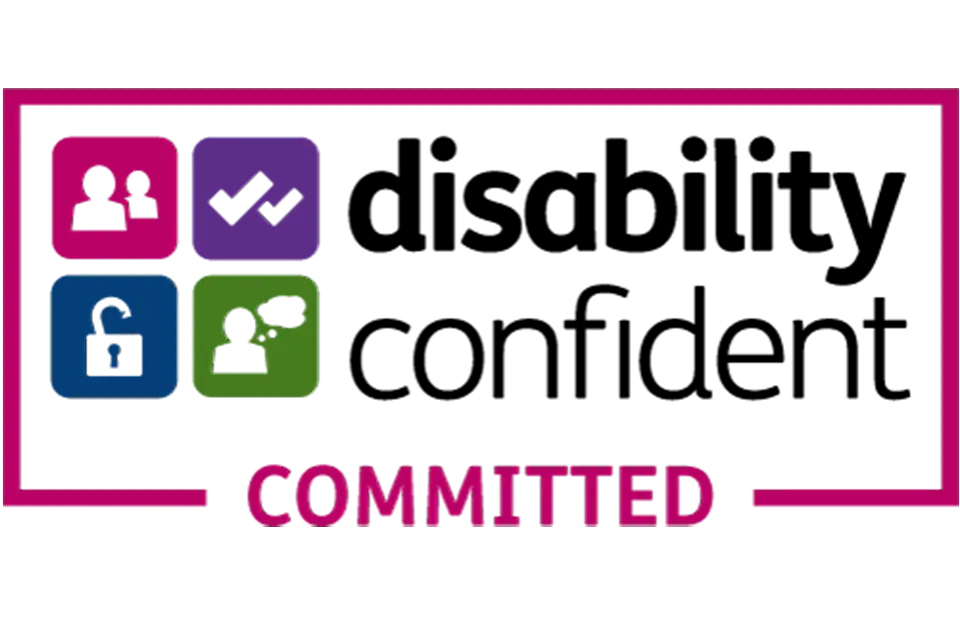
How Human Error Puts Your Business at Risk – And What You Can Do About It

People Make Mistakes. That’s Why Cybersecurity Needs Back-Up
When most people think of cyberattacks, they picture hackers typing code in dark rooms. But in reality, most breaches start with something much simpler: a human mistake.
An email gets opened. A link gets clicked. A password gets reused.
No one means any harm – it’s just people trying to do their jobs, often under pressure. But it only takes one small error to open the door to something much bigger.
Let’s break down how human error becomes a cybersecurity risk – and what your business can do to stay safe.
Why Cyberattacks Often Start With Trust
What Is Social Engineering and Why Is It So Effective?
Most attacks don’t start with fancy software. They start with trust.
Cybercriminals use social engineering – a clever name for tricking people – to get you to hand over information, download files, or log in to fake systems. It might look like an email from your bank, your supplier, or even your own team.
They’re not targeting “stupid” people – they’re targeting busy people. People who are distracted, tired, or just trying to move quickly. That’s why these attacks work so well.
You Can’t Just Tell Staff To Be More Careful
Why Human Error Can’t Be Avoided – But It Can Be Planned For
Let’s be honest. Everyone makes mistakes.
Even your best staff can get caught out. And if your whole security strategy is “just don’t click on anything dodgy”… it’s only a matter of time before something slips through.
This isn’t about blaming people. It’s about accepting that errors happen – and making sure one click doesn’t bring your whole business down.
Why Cybersecurity Training Isn’t Enough
Is Staff Awareness Training Worth It? Yes – But It’s Just the First Step
Training your team helps. A lot. It teaches them what to look out for and how to report something suspicious.
But training alone isn’t enough.
Because no matter how sharp your team is, people have off days. They get tired. They’re juggling a million tasks. And that’s when the click happens.
That’s why smart businesses assume mistakes will happen – and build protections around them.
What Good Cyber Protection Looks Like
How Layered Security Keeps You Covered, Even When Things Go Wrong
You don’t need perfect people – you need strong systems.
That’s where “layered security” comes in. Think of it as a safety net that catches things when someone slips up:
- Email filters to block dodgy messages before they reach you
- Link scanning to stop you clicking something harmful
- Multi-Factor Authentication (MFA) so passwords alone aren’t enough
- Device protection to catch weird behaviour after a dodgy download
Each one adds a layer. Alone, none are perfect. Together, they make your business much harder to breach.
Don’t Aim for Perfection – Aim for Resilience
What Is Cyber Resilience and Why Does It Matter for Small Businesses?
It’s not about being un-hackable. It’s about bouncing back fast when something goes wrong.
Cyber resilience means assuming things might go wrong… and being ready. With the right systems, the damage can be contained, the recovery quick, and your customers none the wiser.
It also gives your team the confidence to do their jobs without worrying that one mistake could bring the whole place down.
Culture Is Just as Important as Technology
How to Build a Cyber-Aware Team Without Scaring Everyone
Your team doesn’t need to be tech experts. But they do need to know that cybersecurity matters – and that they won’t be blamed for asking questions or reporting something odd.
Create a culture where people feel safe speaking up. Where reporting a dodgy email is normal. And where leadership shows that security isn’t just an IT thing – it’s a business thing.
Reward smart behaviour. Run phishing simulations. Make it easy to report. And explain the “why” behind your policies – not just the “what”.
Final Word: People Are Your First Line of Defence – But They Need Support
Protect Your Team, Protect Your Business
Cybercriminals don’t break in – they get let in. Not because people are careless, but because they’re human.
So build a setup that assumes mistakes will happen. Back your people with the right tools. And make cybersecurity part of how your business runs – not just an afterthought.
At SOD-IT, we help businesses just like yours build smarter defences around real-world habits.
Let’s make your people part of the solution – not the weakest link.
Ready to talk security that actually works for your business?
Get in touch.







